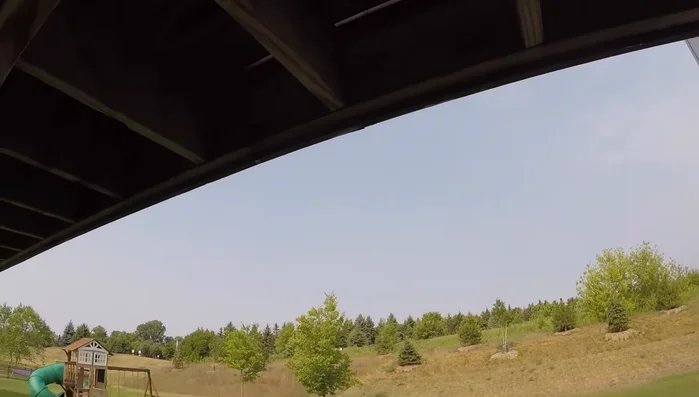Loose deck railings are more than just an eyesore; they pose a significant safety hazard, particularly for children and the elderly. A wobbly railing compromises the structural integrity of your deck and can lead to serious falls. Ignoring the problem only increases the risk and potentially the cost of repair down the line. Fortunately, fixing loose deck railings doesn't require extensive carpentry skills or expensive tools, making it a manageable DIY project for most homeowners. A little preventative maintenance can go a long way in ensuring the safety and longevity of your outdoor space.
This article provides a simple, effective, and step-by-step solution to secure those troublesome railings. Whether your problem stems from loose screws, deteriorated wood, or faulty connections, we'll guide you through the process, equipping you with the knowledge and confidence to tackle this common deck maintenance issue and restore peace of mind to your outdoor living area. Let's get started!
Preparation and Safety Guidelines
- Structural screws
- Eyelets
- Winch with come-along strap
- Angle brackets
- Screws
- Drill
- 3/8" drill bit
- 19mm wrench
- Dead blow hammer
- Always prioritize safety. Wear appropriate safety gear, including gloves and safety glasses, and use a stable ladder or scaffolding to reach the railing.
- If you are uncomfortable or unsure about any step of the repair process, consult a professional. Improper repairs can lead to serious injury.
- Inspect the entire railing system for other potential problems beyond the loose section before beginning repairs. Addressing only one loose section may mask a larger structural issue.
Step-by-Step Instructions
Problem Diagnosis
- Identify the root cause of the loose railing – in this case, a plate pulled away from the joists due to rot.
- The presenter initially considers using structural screws through the fascia board and plate but rejects this due to aesthetic concerns.

Problem Diagnosis Pilot Hole & Eyelet Installation
- Drill a pilot hole (3/8 inch) through the joists.
- Thread the eyelet into the pre-drilled hole until hand-tight, then tighten further with a wrench.



Pilot Hole & Eyelet Installation Pulling the Plate Together
- Secure the strap to the eyelet and a suitable beam.
- Use the winch to pull the separated plate back towards the joists.
- Use a dead blow hammer to gently tap the plate, further securing it.



Pulling the Plate Together Securing with Brackets
- Once the plate is sufficiently close, install angle brackets to permanently secure it in place.
- Tighten screws through the angle brackets to reinforce the connection.


Securing with Brackets Final Inspection
- Check the railing's stability to ensure the fix is effective.

Final Inspection
Read more: Reinforce Wobbly Deck Railings: The Lag Bolt Method
Tips
- Consider aesthetics when choosing repair methods. While structural screws might be a quick fix, they can be unsightly.
- Address underlying issues: Repairing the surface problem may not be enough if the joists are rotting. This repair was done alongside replacing damaged stringers.
- Use a come-along strap and winch for controlled and effective pulling.
- Gently tap with a dead blow hammer to get the best results; avoid damaging the wood.








